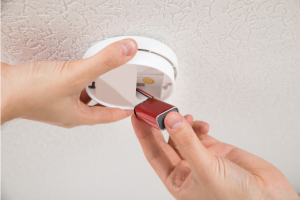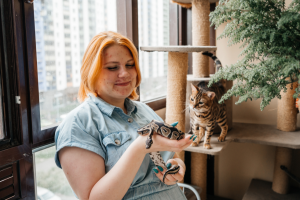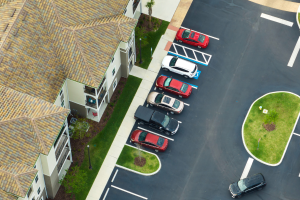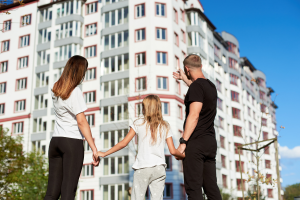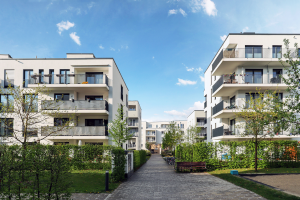Get Started On A Community Garden Project
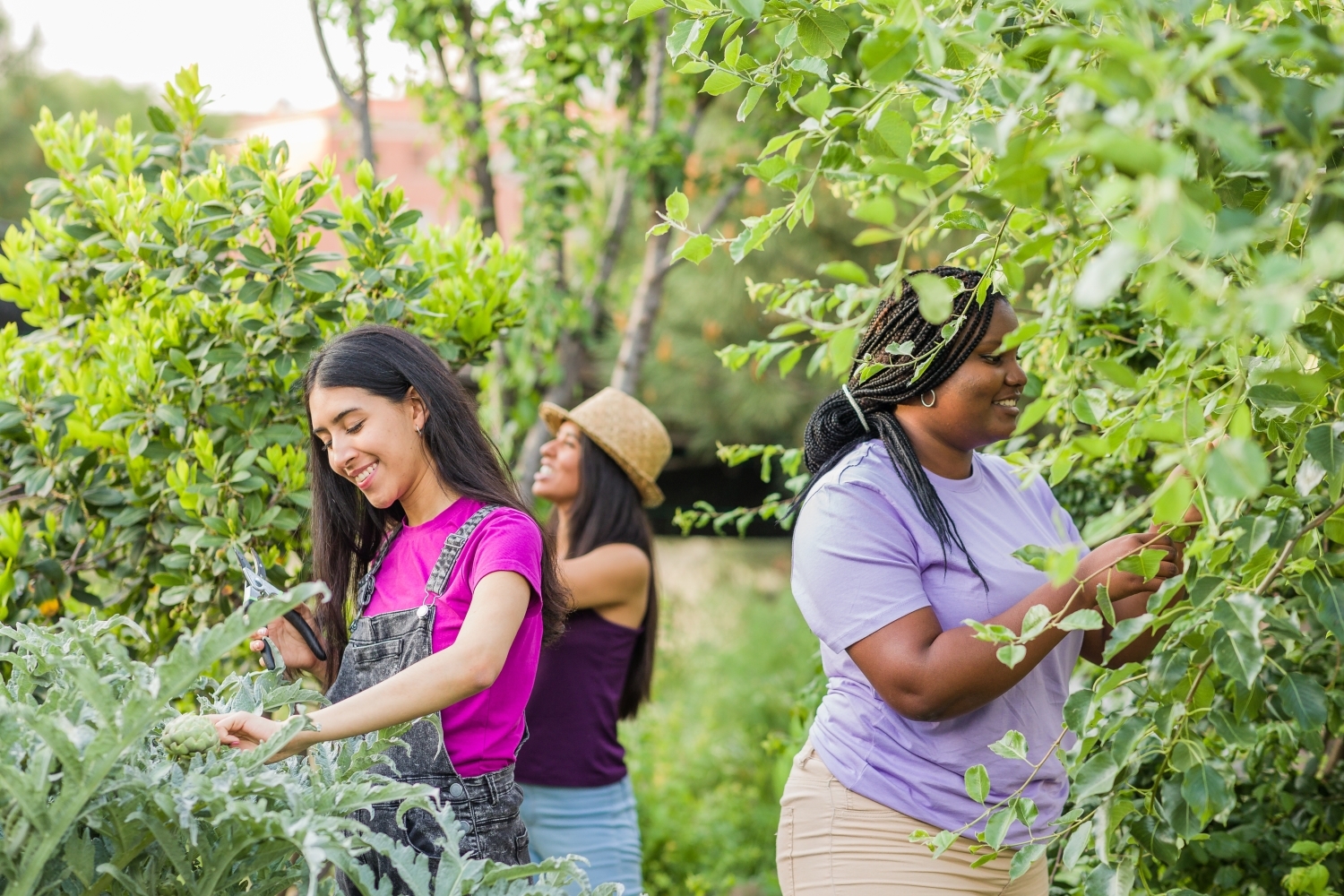
Spring is here, and community management teams everywhere are thinking about how they can get their residents involved, engaged, and enthusiastic about life within their neighborhoods. One such idea perfect for the spring season is starting a community garden project. It’s a simple, affordable, and effective way to get residents organically engaged, excited about the community, and join together residents or families of all ages.
If you’re considering a community garden, but you’re not sure where to start, the process will look something like this:
- Choose what you’re planting – A flower garden looks great as part of your community landscape, but a vegetable or herb garden can benefit residents in a real way all season long. Edible gardens, however, may require a bit more work to maintain.
- Choose where it’s going to go – Finding the best spot for your community garden is your next step. A flower garden might look best by the community center or clubhouse, while an edible garden will work best in an open space of land a bit further away from regular hustle and bustle.
- Clear the ground and ready the soil – With your community garden team, it’s time to clear the ground and test the soil once you’ve figured out what you’re planting and where it’s going to go. If the soil needs nutrients, laying down fertilized soil before you begin planting should be your next step.
- Choose your plants – With the help of your community, choose the plants you’re going to grow in the garden. You can host a poll on social media in a community group, hold a community meeting, or even put out an old-fashioned suggestion box. This gets the whole community involved and invested in the garden project.
- Get planting – Once you have your plants, your bed is ready, and your team is good to go, it’s time to get planting! Recruiting a community garden team to plant and maintain the garden helps to connect residents together over a useful and fun activity.
Projects and group activities are an excellent way to get your residents to connect with each other in an organic way, creating that authentic community feel. For more ideas on ways to get your residents connected, contact us today.






